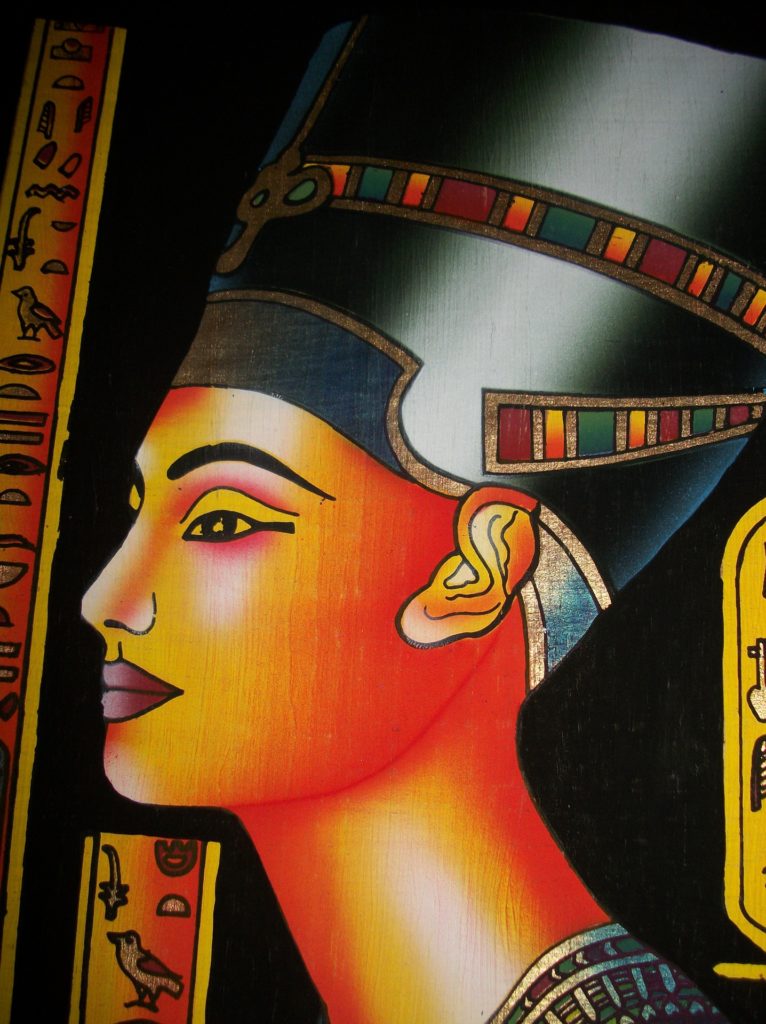
- In ancient Babylon, unwanted facial hair was sanded off with a rough pumice stone.
- Women in Edwardian England swallowed tapeworms to keep themselves slim and trim. The parasite would digest most of the food the women ate, helping them maintain a slender appearance, but it also destroyed their health.
- Beautiful blonde highlights in the hair were achieved by Venetian ladies by pouring lion urine on their tresses before sitting out in the sun. (Now I’ve used lemon juice under sunlight, but lion urine? I think that’s a tad extreme.
- Early Japanese geishas and Kabuki actors used nightingale droppings to remove the thick make-up from their faces.
- Roman ladies rubbed brown seaweed on their faces as rouge, which did them no harm. But the white powder made from lead they rubbed on their faces gave them a slow death by lead poisoning as surely as it delighted their admirers.
- Italian ladies of the past used to apply deadly nightshade to enhance their eyes. The poison dilates the pupils and makes people’s peepers look enormous and glowing.
- Arabian ladies loved sleek and shiny hair, so they used camel urine to dip their raven-black hair in.
- In the England of Queen Elizabeth I, great beauties of the time owed the rich red color of their lips to bugs. The squashed remains of insects were rubbed on the mouth for a ruby-red luster. (We still use the red from bugs in food and cosmetics. Don’t believe me? Look for cochineal, carmine, or carminic acid in your food, it’s made from the ground up bodies of the female Dactylopius coccus bug.)
- Face painting with white lead powder was also popular in Elizabeth’s time. The beauty secret caused the premature demise of a number of 16th century lovelies.
- Crocodile dung made into a paste with donkey’s milk kept Cleopatra’s skin looking lovely in the Egyptian heat. She used it as a face mask – when Caesar wasn’t around.
Method Makeup Academy, Seattle’s Makeup School